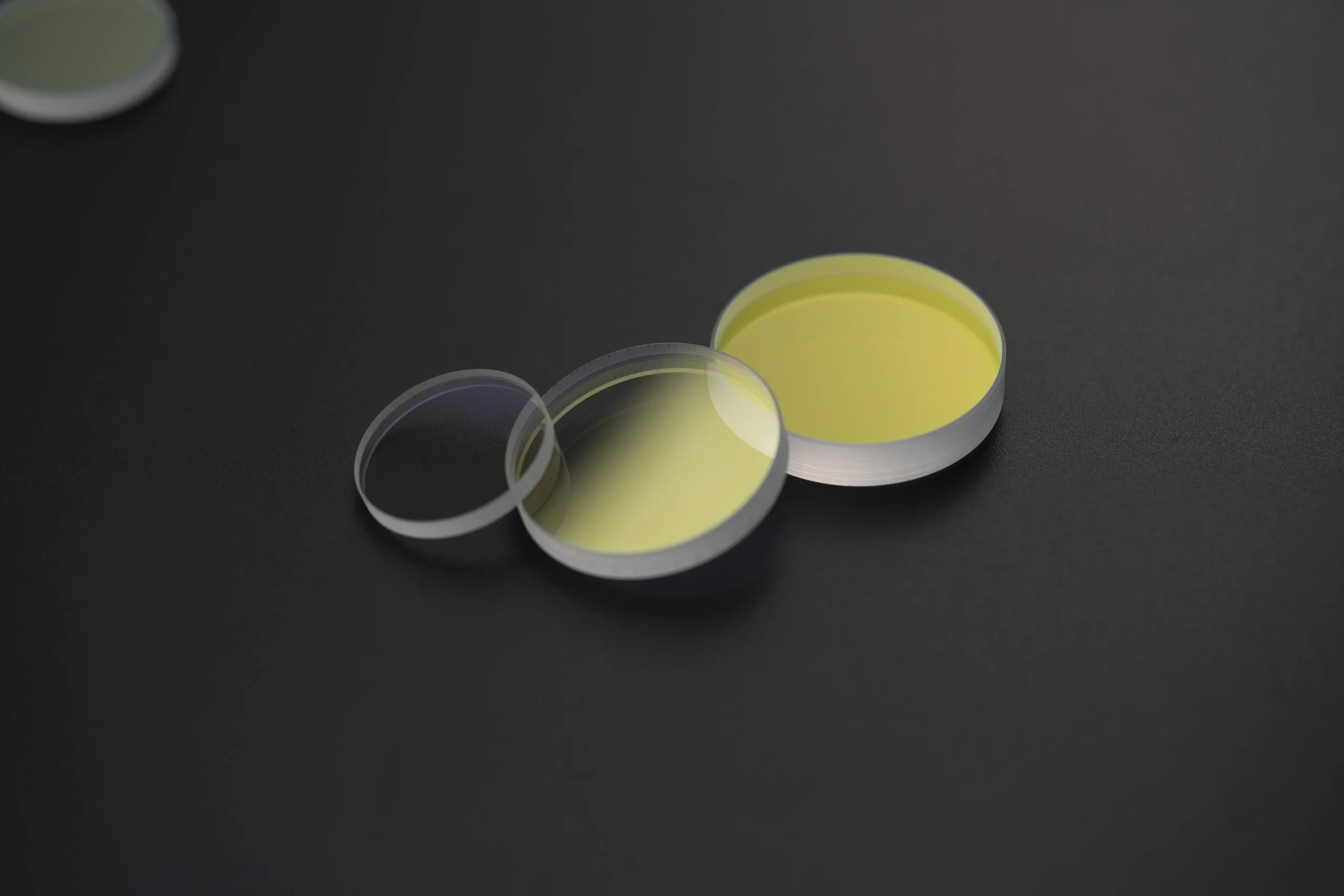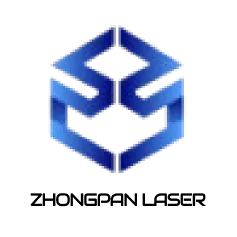Compared to many other shapes of optical lenses, curved moon lenses are rarely offered as finished products. Moon bending lenses are mainly used for focusing small spots or collimating applications, while plano-convex lenses usually offer a superior price/performance ratio. However, there are some cases where a bent-moon lens offers significantly superior performance at a slightly higher price.
Spherical aberration
Due to the spherical nature of the lens, spherical aberrations produce parallel rays from the optical axis at different distances without intersecting at the same point (Figure 1). Although multiple lenses can be used to correct for spherical aberration, for many infrared systems where material costs are much higher than visible materials, it is desirable to minimise the number of lenses. Instead of using multiple lenses, the spherical aberration of a single lens can be minimised by shaping the lens to the optimum shape.

For a fixed refractive index and lens thickness, an infinite number of combinations of radii exist, which can be used to create lenses of a specific focal length. These combinations of radii produce different lens shapes, which directly result in spherical aberration and coma due to the curvature of the light as it passes through the lens.
The lens shape can be described by the Coddington shape factor C (Equation 1 and Figure 2).

By using the thin lens aberration equation (using the object at infinity and the lens stop position), we can derive the conditions that produce the minimum spherical aberration (Equation 2).
Assuming that a constant wavelength can be maintained, the relationship between the exponent and shape factor that produces the minimum spherical aberration can be visualized (Fig. 3).

Benefits of the curved moon design
When working in the visible environment, the glass index is typically between 1.5 and 1.7 and the shape of the minimum spherical aberration is almost plano-convex. However, in the infrared environment, higher index materials like germanium are often used. Germanium, with a specification of 4.0, offers the great benefit of a bent-moon lens design by greatly reducing spherical aberration.
Minimal spherical aberration occurs when the light bends uniformly at both interfaces. While the first surface of a germanium moon lens will bend the light slightly more than a similar PCX lens, the second surface of a PCX lens will cause the light to bend even more, resulting in an overall increase in spherical aberration.
As shown in Figure 4, which compares the performance of a 25 x 25 mm germanium PCX lens to that of a 25 x 25 mm germanium moon bending lens, it is easy to see how the PCX lens bends the light more significantly relative to the surface of the lens compared to a moon bending lens. The increase in curvature results in an increase in spherical aberration. The germanium bent moon lens shows a dramatic decrease in spot size, making it more suitable for demanding infrared applications.

| Flat Convex Lenses | Bending Moon Lenses | |
| S1 Spherical aberration | 0.1 wave | 2.4 wave |
| S2 Spherical aberration | 14.2 wave | 2.9 wave |
| Total spherical aberration | 14.3 wave | 5.3 wave |
| Spot size | 258μm | 83μm |
While a bent-moon lens can still provide higher performance in the visible, there is usually not enough gain to offset the increased manufacturing cost. Figure 1 shows a comparison of the performance of a 25 x 50mm calcium fluoride (CaF2) PCX lens with a bent-moon lens in visible spectral applications and a 25 x 50mm germanium (Ge) PCX lens with a bent-moon lens in infrared applications. The spot size of the germanium lens is greatly reduced when using the curved moon shape.
| Plain convex lens spot size | Bending moon spot size | Spot size | Lowered by bending moon lens |
| Visible spectrum (CaF2 lens) | 849.3μm | 624.9μm | -26% |
| Infrared spectroscopy (Ge lens) | 258μm | 83μm | -68% |
While bent-moon lenses may not provide benefits in all applications, they can provide significant cost and performance advantages for many infrared applications, including spectroscopy and thermal imaging.


